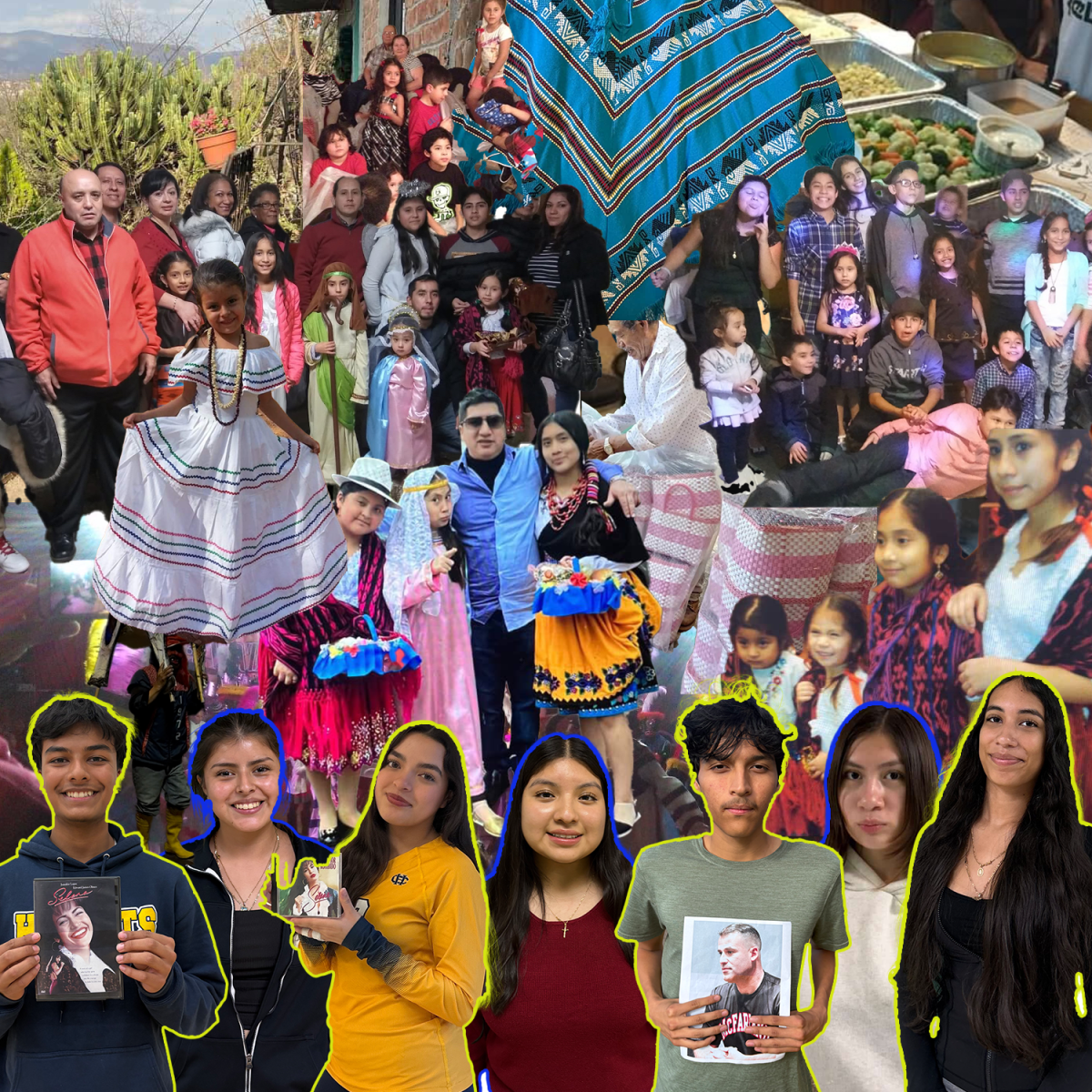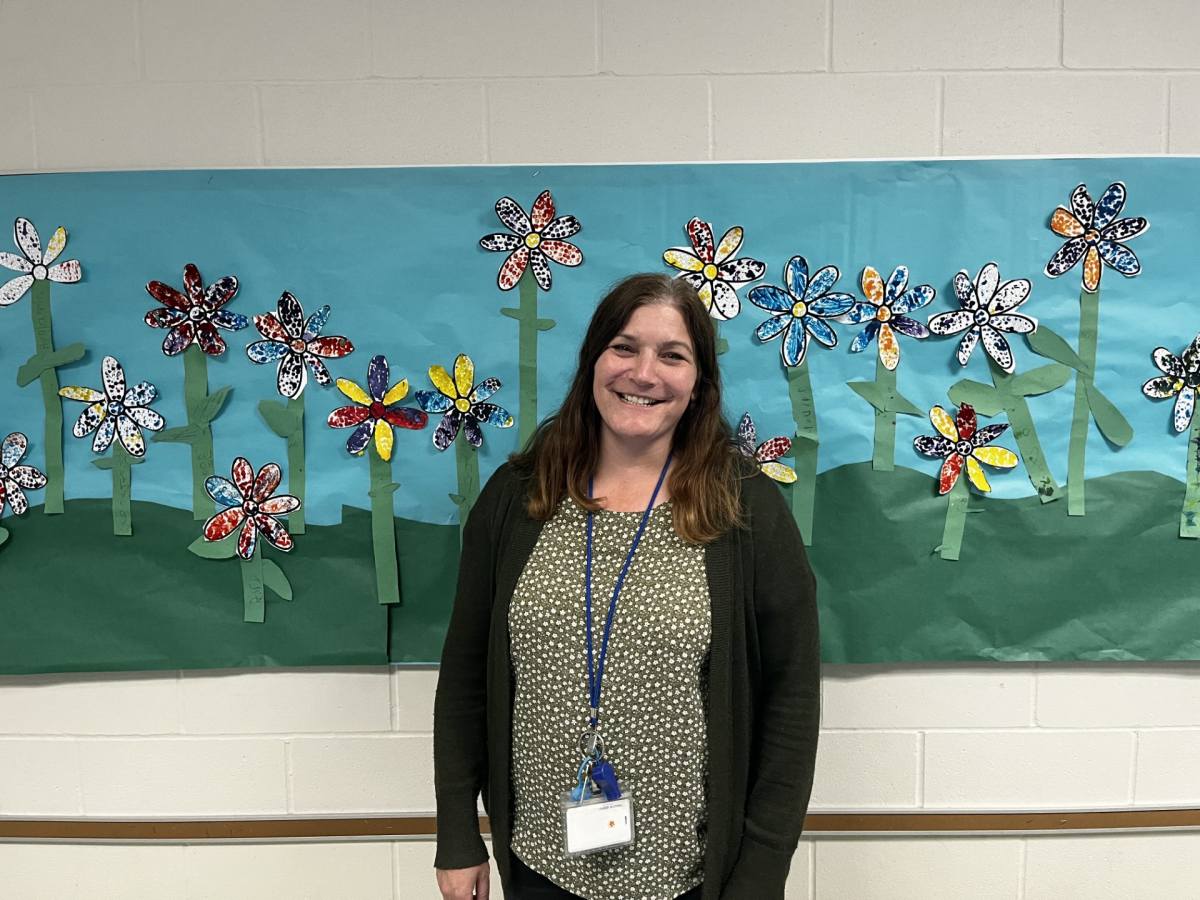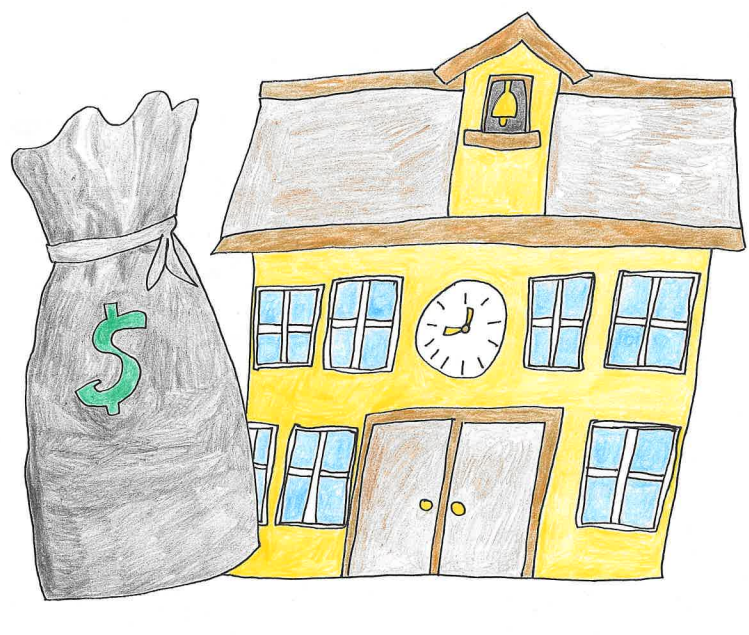New class project in Highland’s LEAP class inspires next generation of journalists

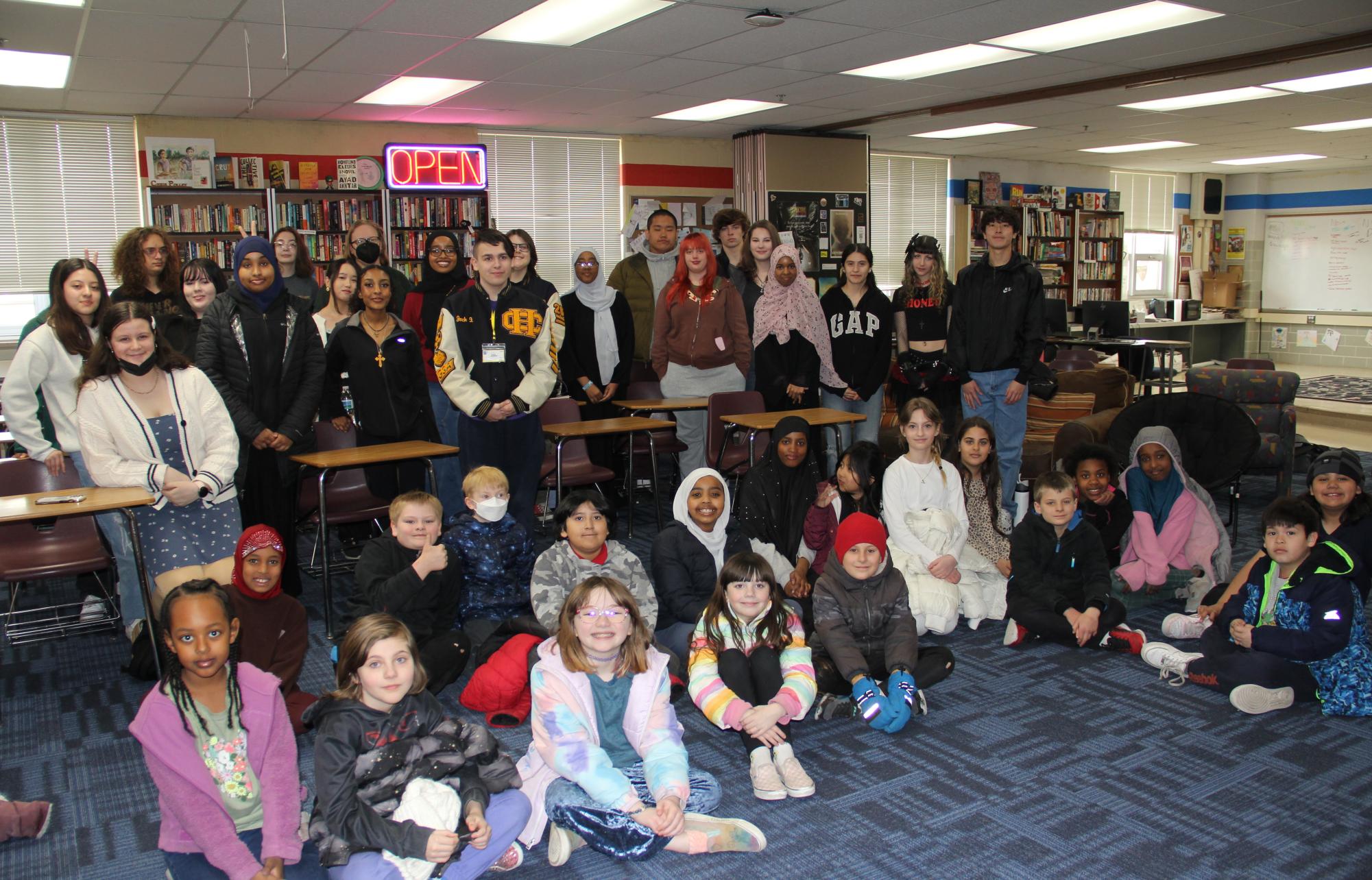
Ms. Kathleen Kerber of Highland Elementary’s LEAP class (3-5) decided to create the class’s own newspaper by assigning and writing mini news stories. The idea further progressed when Lennox Polley brought the idea up to The Heights Herald Advisor, Chris Polley. Who later talked to Kerber and decided to collaborate to make the first physical edition of LEAP class newspapers. We are so happy to present the first physical edition of Highland Elementary’s LEAP class newspaper in collaboration with the Heights Herald. This isn’t all of their stories, all stories are now available on heights.herald.org.

Third-grade math includes multiplication, division, fractions on a number line, solving word problems and a lot more. Knowing third-grade math is important for success in fourth and fifth grade. If you are in LEAP third grade, then you will learn subtraction, multiplication, division, angles and more.
“In LEAP, you learn harder math than the other third-grade classes,” Lydia Besinger (3) said.
And now we learn about math fractions, rounding, multi-digit addition and subtraction, figuring out area and perimeter and more! In third-grade math you can also learn about multiplication with numbers in the hundreds and in algebraic operation! (Not real algebra — just the beginning.)

Every morning I come into class and Ms. Kerber makes me write in my agenda. An agenda is where you write what you are doing for the day. The purpose is that you are able to look back and see what you did in class, and your family at home can see too.
I do not think that agendas are worthwhile. They don’t seem necessary. We never look back at them. We already know what we are doing.
Other people in LEAP have feelings about agendas as well.
“We already know what we are doing in math and reading,” Adiana Gg (3) said.
We need to get rid of agendas in LEAP because we never look back at them and it wastes time to fill them out.
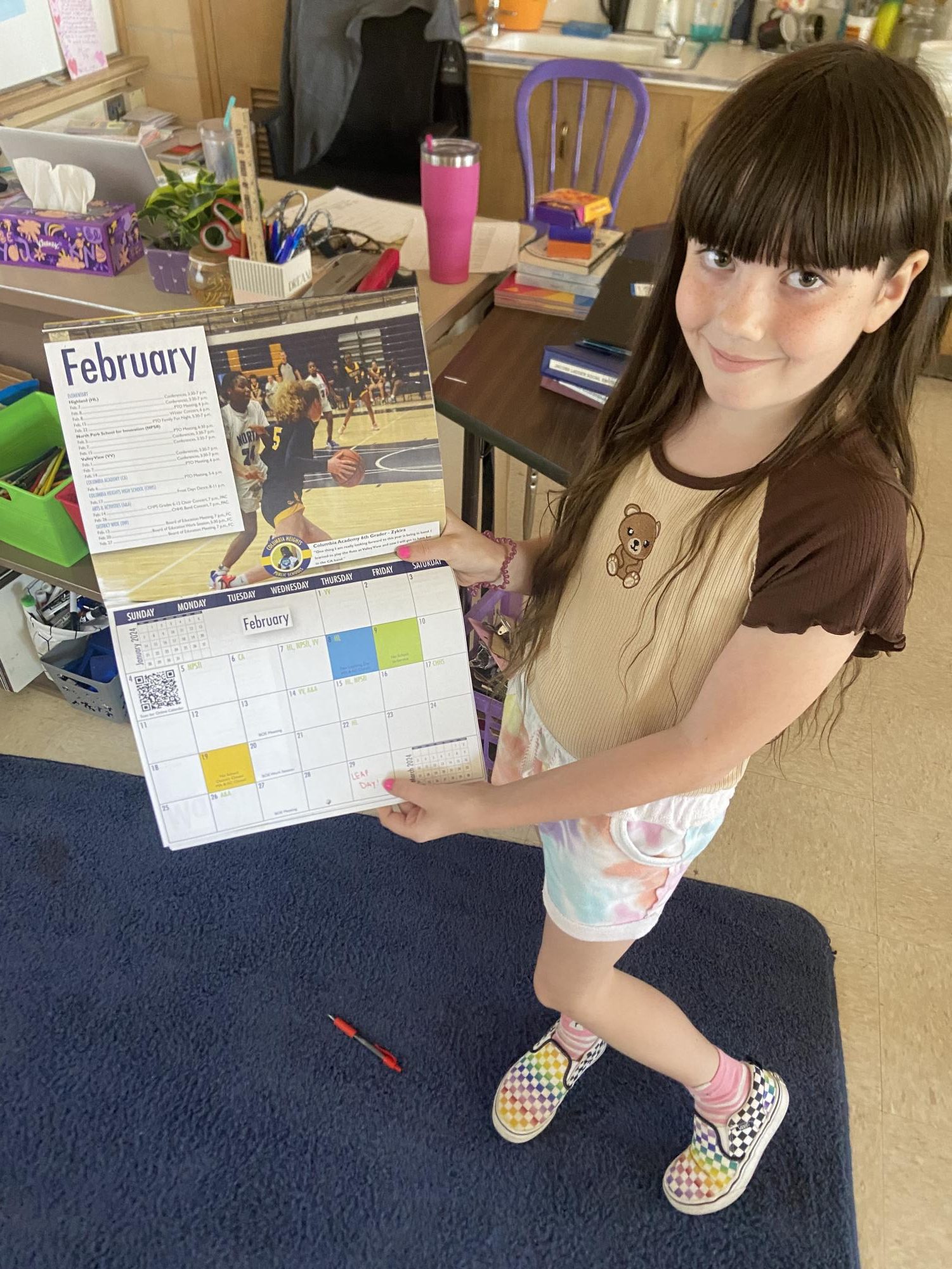
Leap Day is one extra day in February that happens every four years. It is February 29. Emperor of Rome Julius Caesar invented Leap Year and Leap Day in 46 BCE.
On February 29, 2024, the LEAP class of Highland Elementary celebrated Leap Day. We did so many fun crafts: planting seeds, making art projects, building towers with play-doh and playing with colored soccer balls.
According to some of the students, Leap Day in the LEAP class was the best day ever! Some students liked that they didn’t have a regular day and were able to skip math.
It will be fun to celebrate Leap Day again in four years, but not in LEAP class.

Book clubs are good because you can learn new grammar. Even the books you never thought you would like are interesting!
Reading helps relax your mind, staring at a bright screen is not good for your eyes. Reading can help you calm down and fall asleep. Reading is very important because it reduces stress. Reading also exercises your brain.
Reading helps you become empathetic. Reading helps you imagine better. Reading also makes you smarter. Reading is like an adventure in your brain. Reading helps you write and spell better. Reading can inspire you. Reading can be healthy for you.
You should read something to keep your brain sharp, so don’t use electronics to read books instead!
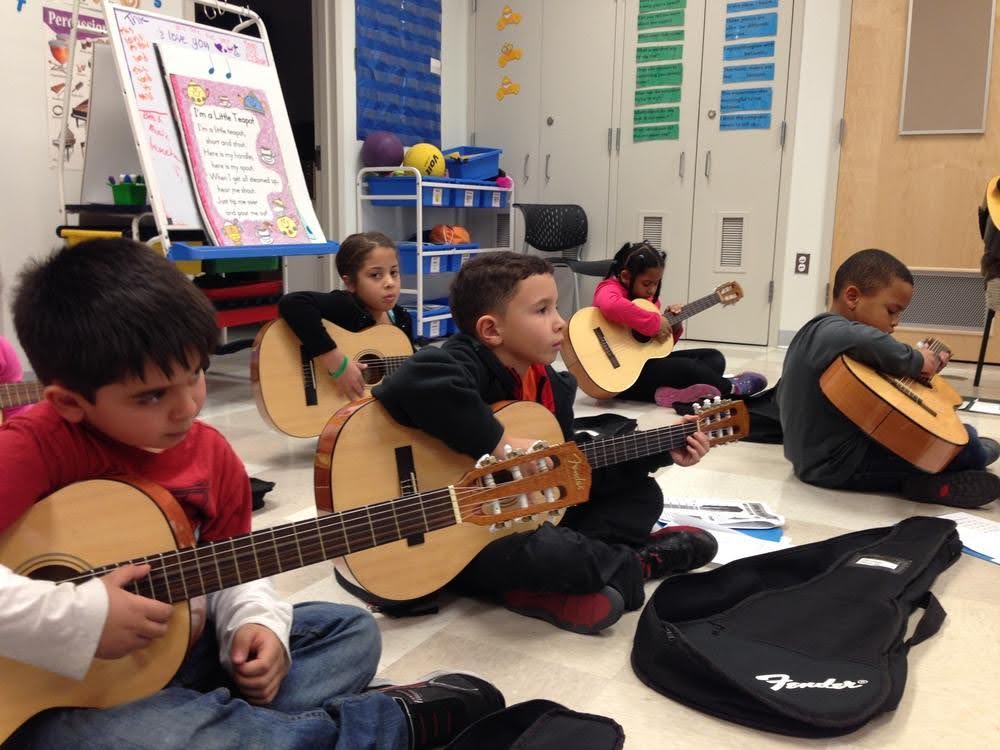
Do you like music? Or making music? Well if you do you will definitely enjoy this topic, which discusses making your own music and learning as you do it! I will also tell you about our awesome band/music teacher Mr. Keseley. Mr. Keseley’s music class is in our school’s old science room, full band also takes place here.
Mr. Keseley’s class is lots of fun, with activities such as singing, playing drums, xylophones, boomwhackers and more! There are many different instruments you can use, and all of them are fun and easy to play!
He makes sure the students are not confused and checks in to make sure that everyone is doing great.
Speaking of great, if you do your job in class, surprises await! Mr. Keseley always has a fun game planned for if the class does their job. Most of these games are running games, these games include the Wolf Game, Cut the Cake and Naughty Kitty Cat.
I interviewed a couple students and they claim they all enjoy these games.

Phonics is a subject anyone can do in school. There are a lot of vocab words in phonics. There are prefixes, root words and suffixes.
Did you know that phonics is really easy? I love phonics. It’s an advantage in LEAP because some classes don’t even teach phonics!
Some students in LEAP have a different opinion: some think that it is boring and others believe some things are unnecessary when it comes to phonics.
The LEAP students do a phonics program called Functional Morphology. The routine that they use is to circle the prefix, underline the root word and box the suffix. They also learn how to add prefixes and suffixes to words to create new words!
Phonics might not be everyone’s favorite, but it is definitely mine.
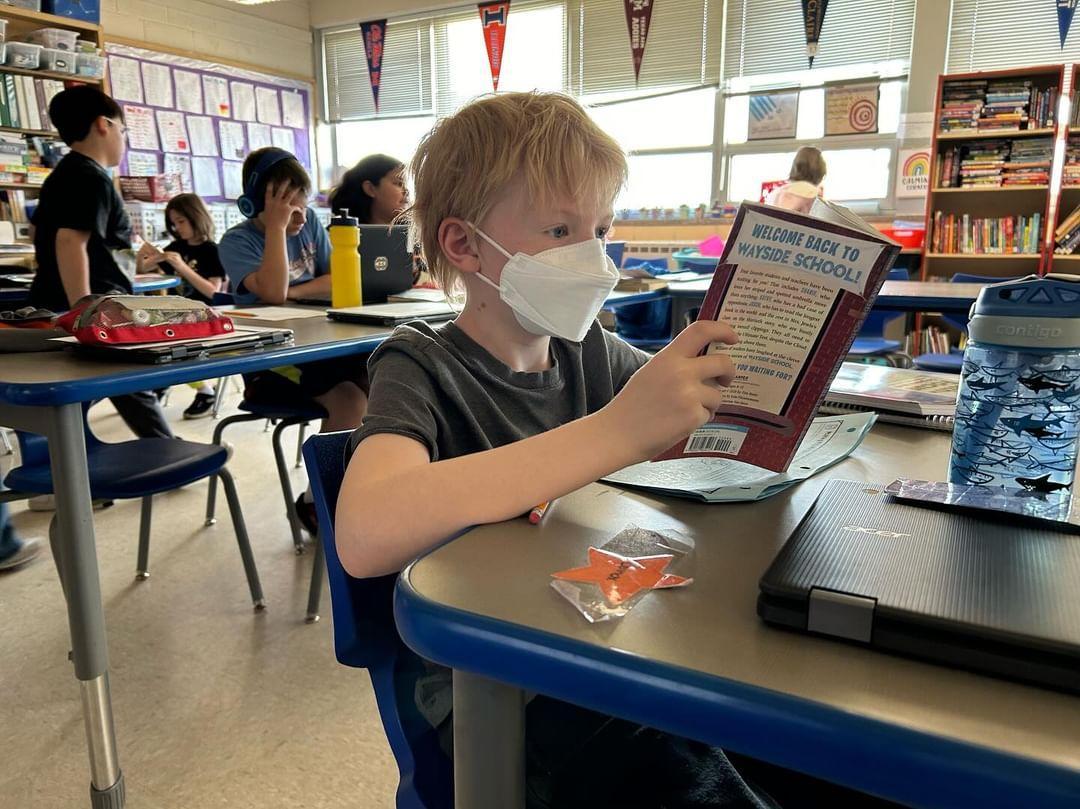
LEAP stands for learning, enlightenment, acceleration, progress. LEAP is a class for gifted students in grades 3-5 at Highland and Valley View Elementary schools in Columbia Heights Public Schools (CHPS). The goals of LEAP are to “respond to gifted leaders’ academic and social- emotional needs, provide rigorous, differentiated curriculum and instruction, expand enrichment opportunities to inspire learning beyond the classroom and promote critical thinking and creative expression.”
The materials learned in LEAP are “Math in Focus”, books like “Holes”, “Bob”, “The Jacket”, and “Foss” (for science). We also go on fun field trips like BizTown and the Young Authors’ Conference
Many students are excited when they get invited to join the LEAP classroom.
“I was freaking out [when I got into LEAP] because I did not know anything about LEAP, but when I got there, I made lots of friends, it was a hysterical moment,” Dignan Polley (6), former Highland elementary LEAP student said.
Next year, my friend Zayn is joining LEAP, and I can’t wait.

Spring math makes me confident. Why? Because it makes me do math problems in a certain amount of time. According to Academic Intervention Tools Chart, “Spring Math is a comprehensive RtI system that includes screening, progress monitoring, class-wide and individual math intervention, implementation and decision-making support.”
“Without [Spring Math] the teacher wouldn’t know where we’re at in math.” Jacob Bonete (4) said.
People should care because it assesses 130 skills for grades K-8 and remedies gaps in learning for grades K-12. This is coming from LEAP in room 202. That is what Spring Math is.

Recess the best part of the day. The LEAP class goes to recess at 12:40 p.m. every day. The first graders are lucky and get to go to recess at 11:00 a.m.
Most kids in our class play cops and robbers. Some kids go up the hill and talk to their friends. Some people bring drawing supplies outside to draw while at recess.
At other schools, kids might play a variety of types of tag, Rock Paper Scissors, or an interesting game called Hungry Fox.

Some Highland Elementary students were interviewed on how they feel about art class. Some kids say that they do not like when they get yelled at, other kids think that art is fun because they get to talk to their friends about things. Other people do not like anything about art.
Lydia thinks that art class is very memorable because she has done art ever since she was in preschool. Zeynab LOVES art. Her favorite thing that she has done in art class is the clay project.
A lot of people think art is cool. My teacher says that she thinks art is important. I think that art is fun because I get to do a lot of fun projects and I really liked doing the clay project. Zeynab thinks art is really cool. She thinks that it is encouraging.
My friend thinks that art is okay. She did a middle thumbs up. Beau says that the clay project was very fun. Tenzin says that she likes it and she also doesn’t like it at the same time.
A lot of people said that they did not like art and a lot of people said that they do like art. More people said that they liked art. My friend says splattered paint makes art great.

All people like experiments, from doing backflips as you read books to chemical reactions. Experiments are to test out if something works or not or to see if it works better than something else.
Normally people do experiments in special places called labs. If you do science experiments, then you would call it a science lab. Experiments are important to scientists because they can figure things out by using them. Experiments are important for student learning as well as for scientists.
Our LEAP class does experiments very rarely. When we do them we have to do them in the classroom.
A student from LEAP was interviewed and here is their point of view. Ben says he likes experiments but it depends on the experiment. Ben likes experiments because he said they are fun. Ben’s favorite experiment is elephant toothpaste he says you make it from adding stuff together. Ben said he would like to be able to do more experiments. Ben said he would like to be able to do experiments in the lab.
This shows why everyone needs experiments.
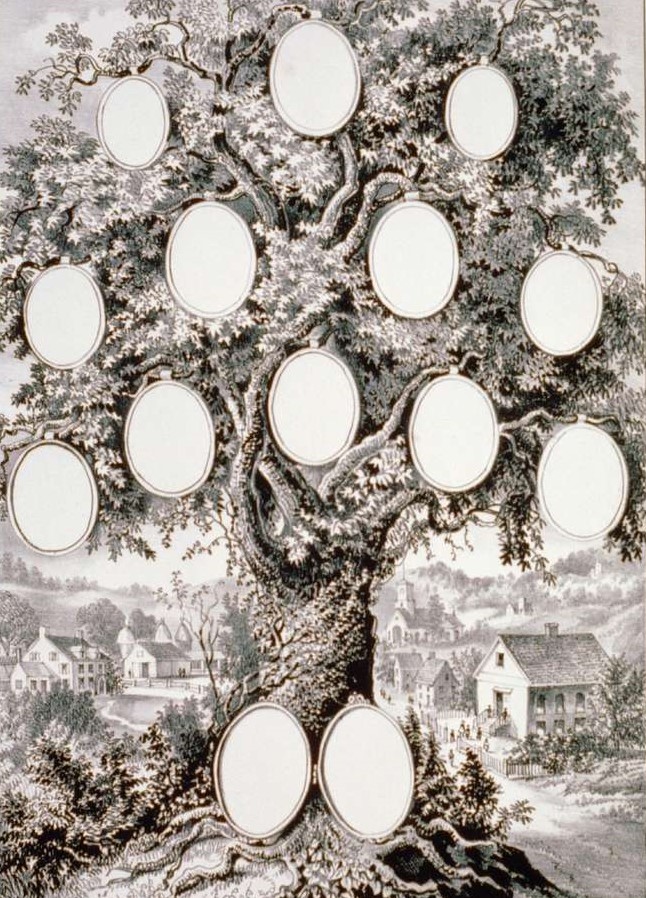
Family history projects are the history of a family, where a family is from, the traditions, all the cool stuff that your family did in the past and the past things from like a million generations ago. You also get to explore the artifacts that your family had from previous generations.
Family history projects are fun because they make a great family activity involving siblings, children and grandchildren. They can bring family members together around shared interests and also share stories about common ancestors. They have a way of opening doors of communication.
It’s fun to learn about cultures and traditions. Also, tracing family roots and past generations can help a person connect more deeply with family.
In conclusion, family history projects are fun and a good way to learn about family.
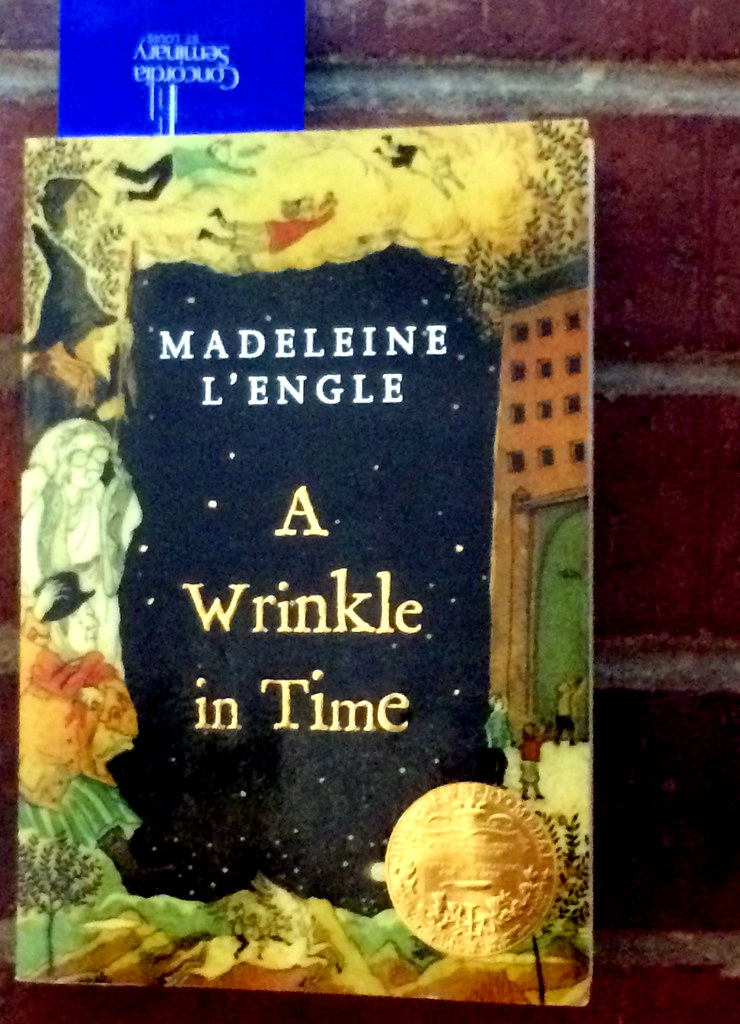
“A Wrinkle in Time” is a fantastic series made by Madeline En Lengle. There are five books in the series about a beautiful girl named Meg trying to save her father. He is captured on a planet called Camazotz.
On a really stormy night, she wakes up because of the thunder and is scared. She goes to the kitchen where she sees her mother and little brother Charles sitting waiting for her. She tells them that she is scared — keep in mind, the little brother can read minds sort of. And he knows that Meg is gonna come over and he makes a sandwich for her.
That’s when her mom talks about her father and she bawls and gets a little mad. Someone knocks on the door and it’s Ms. Whatsit. Charles asks her why she stole bedsheets from Mrs. Buncombe, telling Meg that she’s the culprit.
In the morning, Meg meets a guy named Calvin who is a few years older than her and starts to fall for him, but that’s not the point. On the way, they stop to take a walk and he learns that Meg is in his school. They go to a haunted house where they meet Ms. Who, Ms. Which and Ms. Whatsit. Ms. Who tells them about their father and they know they have to do something about it.
There’s a movie that goes with the book, which is really cool, and more people should notice this beautiful, interesting book and movie.

We start with a face-off in gym class. Players play different positions. Here are the positions: forward offense, defense and the goalie.
When a team scores a goal, a single point is earned. After a goal is scored, it comes back to a faceoff.
No high sticking above the waist is allowed and there was no kicking the puck into the net allowed either. If the puck is in the air, the player can stop it with their hand but cannot throw the puck in the net.
Yes, there are rules, but the sport still rules!



